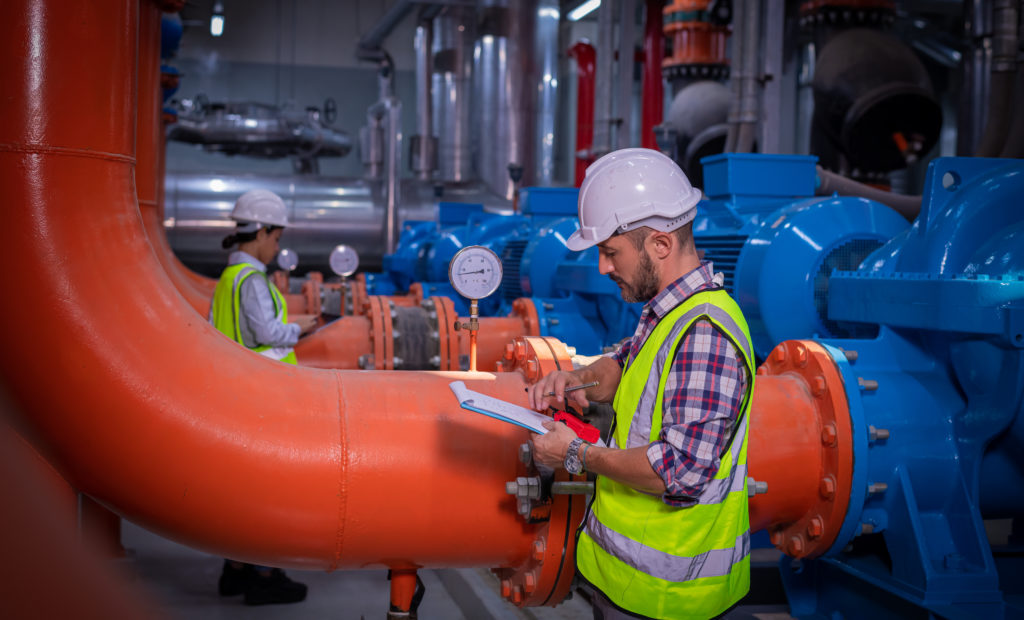The global heat exchanger market is growing rapidly, and HeatX provides innovative solutions to enhance energy efficiency, reliability, and performance across industries.
Currently browsing: Business
The Role of Computational Fluid Dynamics in HeatX’s Heat Exchanger Designs
Discover how HeatX uses Computational Fluid Dynamics (CFD) to optimize heat exchanger designs, enhancing efficiency, reducing costs, and ensuring reliability.
Why HeatX Is the Missing Piece for Heat Exchanger Longevity Amid Geopolitical Tensions
Enhance your heat exchanger’s durability and efficiency with HeatX which combats corrosion and fouling, ensuring uninterrupted operations even amid geopolitical tensions.
Enhancing Heat Exchanger Efficiency in Refineries: Tackling Fouling Challenges to Reduce Operational Costs
The efficiency of heat exchangers is paramount for optimal plant performance, cost management, and environmental compliance. However, one of the most significant challenges to maintaining high efficiency in heat exchangers is biofouling.
Boosting Power Plant Efficiency: The Impact of Biofouling on Heat Exchangers
The efficiency of heat exchangers is paramount for optimal plant performance, cost management, and environmental compliance. However, one of the most significant challenges to maintaining high efficiency in heat exchangers is biofouling.
Recent Posts
- Boosting Heat Exchanger Efficiency in the Era of Energy Expansion
- Advanced High-Temperature Heat Exchanger Materials with HeatX in Industrial Implications
- The Impact of Digital Twin Technology with HeatX on Heat Exchanger Maintenance in the Oil & Gas Sector
- Innovative Heat Exchanger Solutions by HeatX: Supporting America’s Energy Goals
- Improving Heat Pump Performance in Extreme Weather with HeatX





Recent Comments